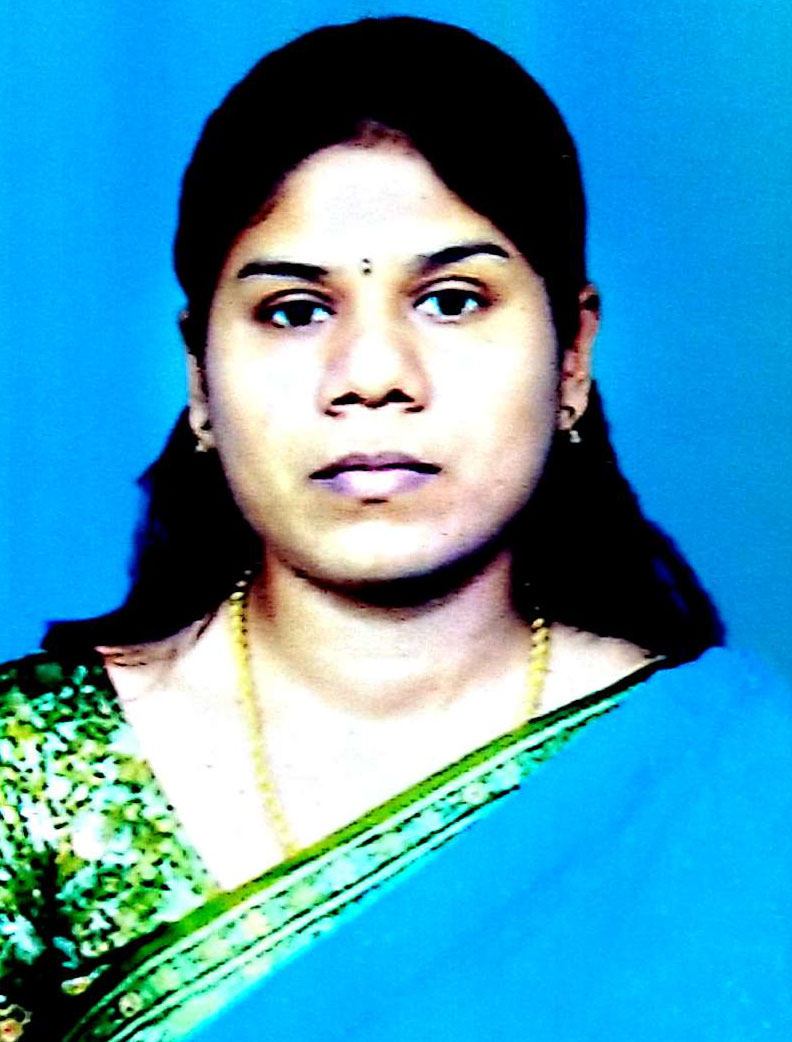The common perception of beauty in the human body has undergone a dramatic change in the past three decades, culminating in a pre-occupation not only with body weight but also with body contour.
The emphasis made by modern society on a lean youthful appearance is largely responsible for the increased demand for surgical procedures designed to produce an ideal aesthetic contour.

The patients’ skin type and age plays an important part in this surgery. In many patients it is not possible to remove all striae and folds and this will be explained to the patients before surgery.
Female patients must plan abdominoplasty after completing their family. It is not necessary to achieve a specific weight for this procedure but need to fulfill a few conditions.
Body weight should have stabilized several months before the procedure and this should be at a level, the patient can maintain after the procedure. The procedure is successful in the long term and satisfactory to the patient.
Obese patients must be given thrombosis prophylaxis and infection prophylaxis intra operatively and to continue if needed.
Presentation
Weight is the first important factor that affects presentation of patients. BMI which relates weight to height is the most commonly used parameter.
BMI = weight in kg/height in m². Upper limit of normal BMI is 25. 26-30 is considered overweight, 30 and above is obese.
A variety of surgical procedures is required to treat patients in different BMI ranges.
Second factor that affect the presentation is fat deposition pattern which is genetically controlled. Women typically deposit fat in infraumbilical abdomen, thighs and hip. Men in flanks, below umbilicus and inside abdomen.
Quality of skin fat envelope is a third factor to evaluate. Women who have had one or more pregnancies tend to have abdominal skin laxity and stretch marks. A similar process occurs with massive weight gain and subsequent weight loss in which skin is over expanded leading to a loose inelastic skin fat envelope.
Patient Selection and Technique
Patients who have minimal to moderate subcutaneous fat excess and no abdominal wall laxity are good candidates for liposuction alone. In this surgery, through small incisions in abdomen, fat is sucked out using cannulas.

Infra umbilical rectus fascia plication with removal of excess skin and fat is done. Drains are placed to prevent hematoma and seroma. Compression garment is used in the post operative period.
Patients who present with laxity of skin below and above the umbilicus are good candidates for full abdominoplasty. In this surgery, rectal fascia plication above and below the umbilicus, along with excision of excess skin and creation of new umbilicus is done. Liposuction can be combined with abdominoplasty to get good aesthetic results. Drains are placed and compression garments are used in post operative period.
Pre-Operative Requirement
Heart disease, diabetes, lung disorders must be under control before surgery. Smoking has deleterious effect in wound healing.
Abdominoplasty is performed by a qualified Plastic Surgeon after complete evaluation of the patient.
Post Operative Care
After surgery, the patient is advised analgesics and antibiotics for a few days. They are also encouraged to wear a tight jacket called compression garment to reduce the swelling. Light work can be resumed after 2-3 days. Complete recovery is expected in two weeks. Like all surgeries, there are some complications that can happen which include seromas, the most common complication, wound healing problems, bleeding, infection, thrombosis and contour deformities, but they are not very common.

Article by Dr. A. Arul Mozhi Mangai, MBBS, MS (General Surgery), MCh (Plastic Surgery)
Consultant Plastic and Aesthetic Surgeon
Kauvery Hospital, Chennai

